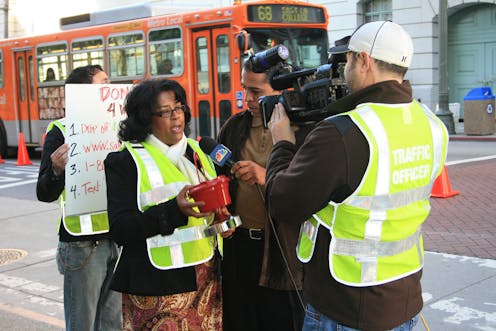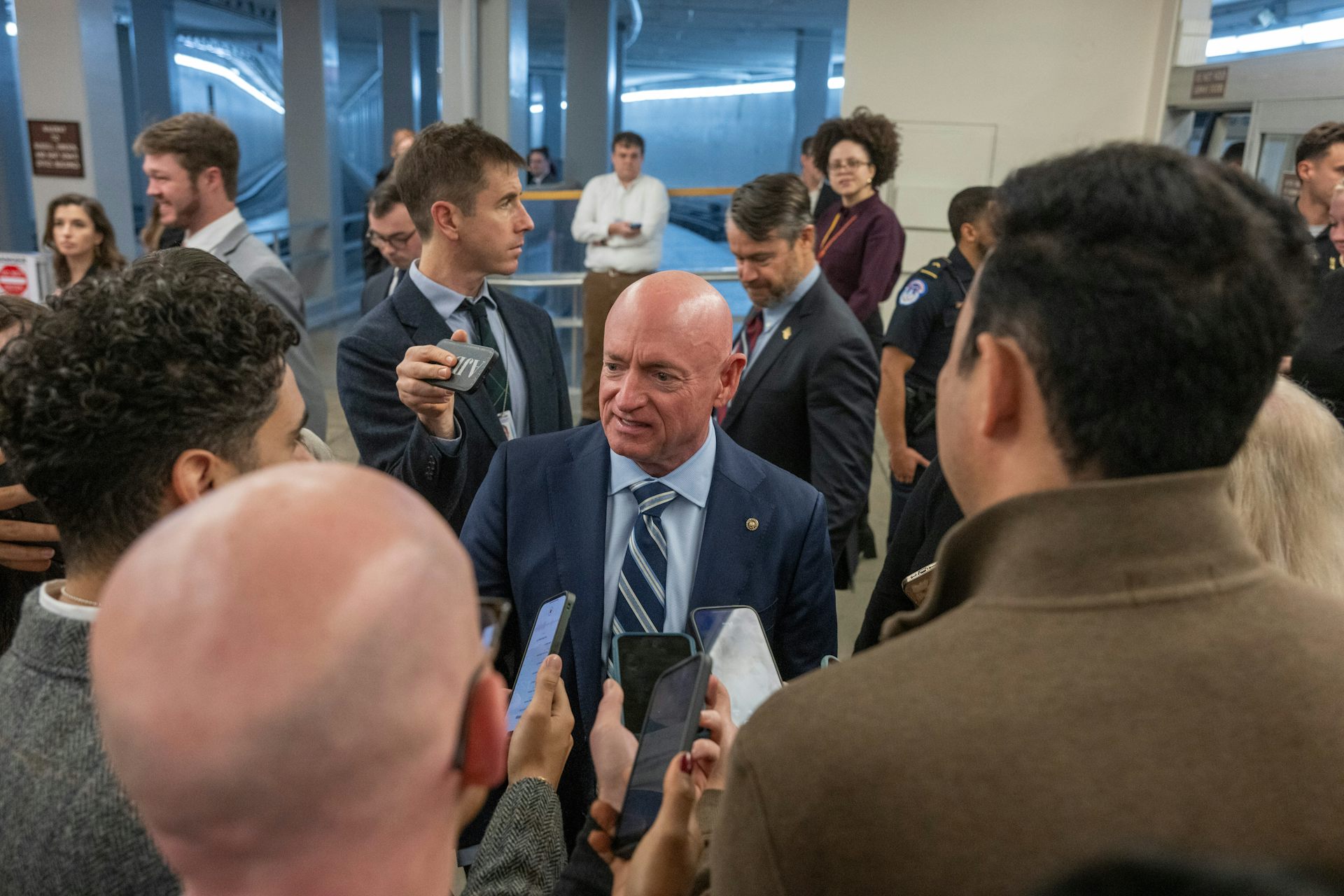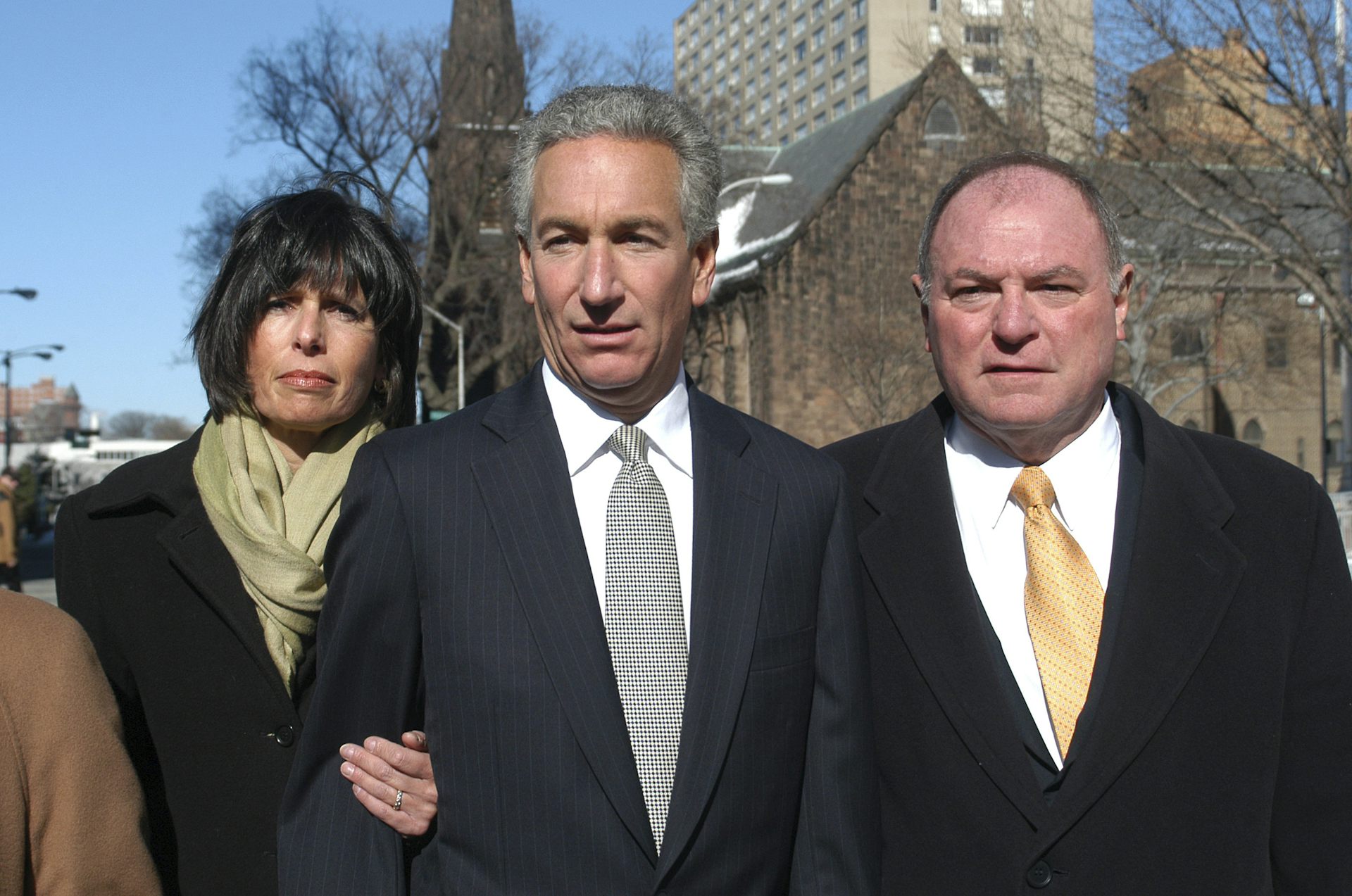Why faith inspires people to give
As Americans make decisions about year-end giving, how much of it will be influenced by their faith?

After Thanksgiving, Americans turn their attention to shopping with Black Friday, Small Business Saturday and Cyber Monday as well as holidays such as Hanukkah and Christmas. However, this is also the time for giving.
In recent years, nonprofits have sought to capitalize on this attention both on shopping and giving with Giving Tuesday. Last year, this global day of giving raised over US$177 million online. The bulk of all giving – about 31 percent – comes at the end of the year, and individuals are likely to receive scores of requests on Giving Tuesday and through the end of the year.
How do donors make decisions about their giving?
For the majority of Americans, it turns out that faith plays a leading role in their desire to give and serve. This is where I focus my research.
Philanthropy and religion
Let’s first look at available data to understand how much giving is tied to one’s faith.
According to Giving USA, the leading annual report of philanthropy in America, religious contributions, narrowly defined as giving to houses of worship, denominations, missionary societies and religious media, made up 32 percent of all giving in America in 2016.
Another study found that 73 percent of all American giving went to a house of worship or a religiously identified organization.
Many of these organizations make up the world’s largest NGOs. For example, three of the top 10 biggest charities by total revenue last year, the Catholic Charities, Salvation Army and National Christian Foundation, are explicitly religious. Religious agencies make up 13 of the top 50 charities in the U.S.
It is true that factors such as wealth, income, education and marital status are all predictors of giving. But religious belief and practice are one of the best predictors.
Overall, religious Americans volunteer more, give more and give more often, not only to religious but secular causes as well. Among Americans who give to any cause, 55 percent claim religious values as an important motivator for giving.
What religions tell us
These values of giving are deeply rooted in the texts, traditions and practices of many faiths. Take, for example, the messages within the three Abrahamic faiths.
In Judaism, the Hebrew Scriptures refer to “tzedakah,” literally meaning justice. Tzedakah is considered a commandment and a moral obligation that all Jews should follow. The commitment to justice places a priority on their giving to help the poor. Beyond giving just time and money, rabbis even spoke of “gemilut chasadim,” literally meaning loving-kindness, or focusing on right relationship with one another as the prerogative of religious giving.
Even more broadly, an ancient Jewish phrase, “tikkun olam,” meaning to repair or heal the world, has been adopted by many religious and secular causes. Barack Obama, when he was president, would often refer to the phrase. So did past President Bill Clinton and 2016 presidential candidate Hillary Clinton. President George W. Bush hinted at a vision of tikkun olam in his second inaugural address.
Similarly, the Christian tradition has considered giving a key religious practice. Many Christians still look to the Hebrew Bible and the tithe, which involves giving one-tenth of an individual’s income, as God’s commandment.
In the New Testament, Jesus not only spoke of giving a tithe but challenged followers to give far beyond it. For instance, in the Gospel of Matthew Jesus told the rich young ruler to sell all his possessions. Pursuing those values, a long monastic tradition has seen men and women taking vows of poverty to give themselves to the work of their faith. Today, while the tithe might not be practiced by a majority of Christians, most understand the practice of giving as a central part of their faith.
For Muslims, giving is one of the five pillars of Islam. “Zakat” (meaning to grow in purity) is an annual payment of 2.5 percent of one’s assets, considered by many as the minimum obligation of their religious giving. A majority of Muslims worldwide make their annual zakat payments as a central faith practice.
Above and beyond the required zakat, many Muslims make additional gifts (referred to broadly as “sadaqa”). Interestingly, the word shares the same root as the Jewish “tzedakah,” meaning justice. Muslim giving also focuses primarily on the poor.
Of course, charitable giving is not just for the rich. For those with no money to give, the Prophet Muhammad considered even the simple act of smiling to be charity, a gift to another.
Building a community

Religious traditions are clear that the value of giving does not simply rest with those receiving the gift. Givers themselves benefit. As sociologist Christian Smith makes clear, there is a paradox to generosity – in giving we receive and in grasping we lose.
At the same time, the goal of religious giving is not just about what it brings to individuals. Rather, it is more a focus on human interaction and a vision of community.
Perhaps most famously, the 12th-century Rabbi Maimonides outlined eight levels of giving – the lowest being giving grudgingly and the highest to sustain, but also to empower a person to no longer need charity.
Maimonides made clear it is not so much the amount of giving but how one gives that is important in establishing a relationship between the giver and the recipient. Giving should avoid humiliation, superiority and dependence.
When it comes to much of humanitarian work and social services, religion is often the greatest asset. Whether fighting AIDS, malaria or poverty, the development and nonprofit community has realized that the success of local programs so often turns on the support of the local faith community. The engagement of the local religious leader and a willingness to interact with his or her religious vernacular is essential.
Just a few years ago, the humanitarian industry was convinced of the truth of this view when it found that a majority of the health care workers left on the ground in the midst of the Ebola crises were missionaries. Faith is the chief motivator for those both funding and serving at home and in some of the most difficult parts of the world.
Connecting with values
In working through the mandate of various religious traditions toward the healing of the world and individual motivations to give, people might understand that they have more in common than perhaps they realize.
This could also help them reflect more intentionally on their contributions at the end of this year. Instead of simply giving as part of their routine this December, perhaps people should take account how their faith and values motivate their giving and the work of the nonprofits that they support.
In doing so, many might find their giving and connection to their faith, the faith of others and the work to which they have given acquire more meaning for them – at this time of the year and in the years to come.
This is an updated version of an article originally published on Aug. 19, 2017.
David King does not work for, consult, own shares in or receive funding from any company or organization that would benefit from this article, and has disclosed no relevant affiliations beyond their academic appointment.
Read These Next
If tried by court-martial, senator accused of ‘seditious behavior’ would be deprived of several cons
US Sen. Mark Kelly correctly articulated military law when he said service members have a duty to not…
The ‘one chatbot per child’ model for AI in classrooms conflicts with what research shows: Learning
AI tutors are often held up as an ideal, but prioritizing individualized teaching can detract from the…
Pardons are political, with modern presidents expanding their use
Trump and Biden have issued pardons at a faster clip than their predecessors. Many of their decisions…





